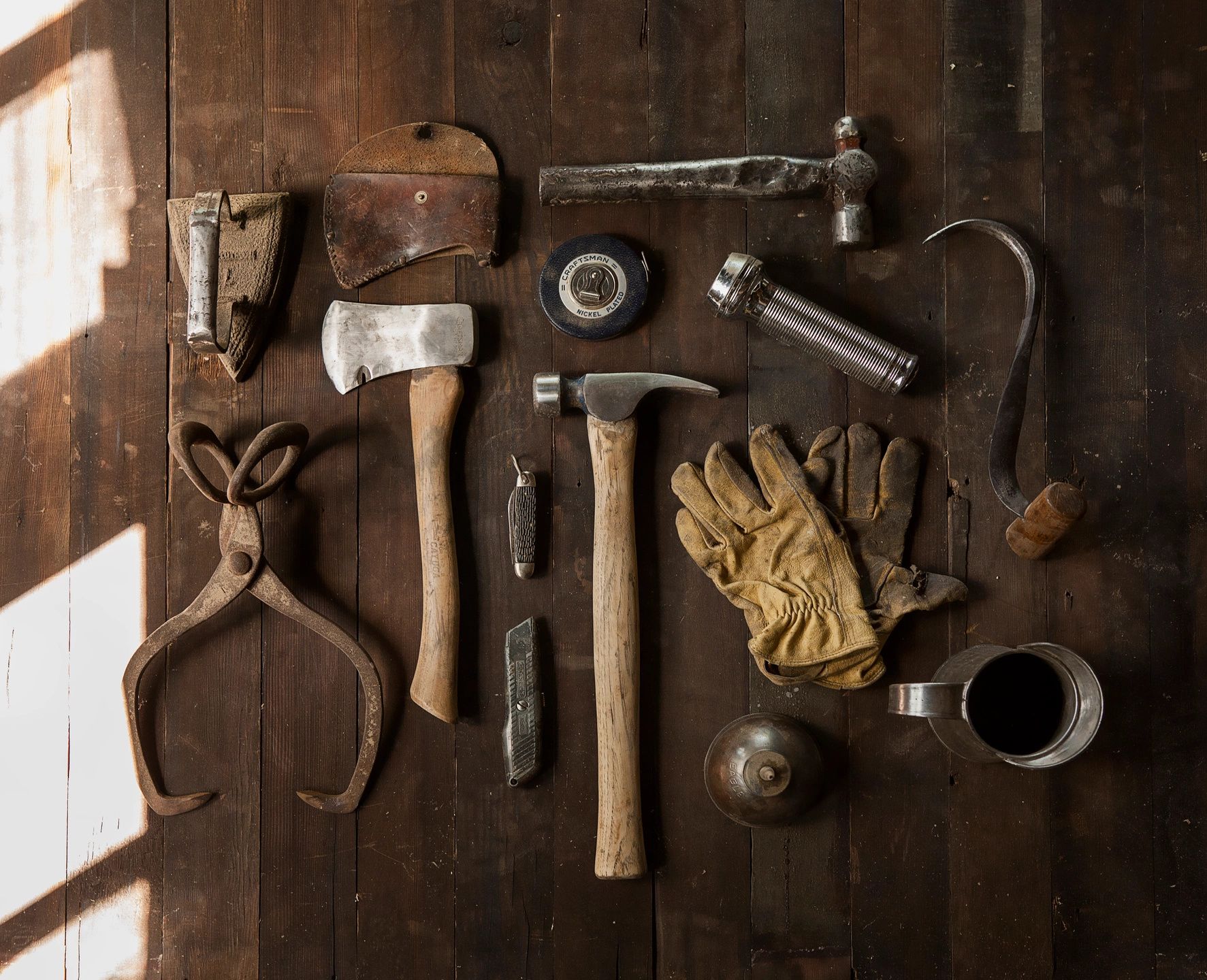
Just because you have decided to go the DIY way and create a flat roof for your home doesn’t mean that your wife and friends are right when they tell you that you will end up with an inadequate roof. Your DIY flat roof project can end up being a memorable and extremely fulfilling venture. You must have your installer kit and all the right materials ready before you get down to business!
Materials needed for DIY flat roofing
Flat roofing differs in design and size, but for a Do-it-Yourself flat roofing ninja, I’d recommend that you instead try your hand on any one type that you can comfortably construct. The following are the basic materials to enable a smooth flat roof installation:
The three other mandatory materials that you must avail are:
The Simple, 6-Step Process for DIY Flat Roof Installation
Local newspaper like the Brooklyn Downtown Star have actually vouched for this 6-step process and how effective it has been for their local readers.
Step #1: Framing the roof
Because a flat roof isn’t actually flat because of the ‘slight incline’ that ensures an optimal water runoff, you must observe this. To get this done, just use any 2x4s – convert them into long wedges and nail to the joists.
Step #2: The Plywood
Add a layer of 5/8-inch plywood sheathing with small gaps that would accommodate its expansion and contraction as well as the normal movements.
Step #3: The Underlayment
This is that soft, protective base made of IsoBoard or any other fiberglass-strengthened 1/2-inch-thick rigid foam. After cutting the board to size, fasten it to the plywood sheathing using the right screws. Make sure they fit snugly against one another, for the good of the rubber.
Step #4: Working on the corners
With a flat roof, water shouldn’t collect on the inside corners. To prevent this and ensure a good transition, you’ll need 2x4s cut into the proper size and screwed into the joint connecting the roof and the wall.
Step #5: Doing the dry-fitting and securing it with glue
Next is laying the rubber. But you must ensure the surface is smooth and debris-free so that the rubber sticks to the IsoBoard. Gluing the two together shouldn’t be hard either since you simply need to spread the glue over both.
Step #6: Working on the edges
The inside vertical corners might pose a bit of a challenge. But once you cut and overlap the EPDM rubber and subsequently use the adhesive to hold it down, no more vertical sections will peel off again. Another way to reinforce this is to use special metal brackets called termination stops.
Once everything is done and the roof is yet to dry, just fasten a lead-coated copper flashing on the front edge of it. And yup, your work is done!
The trend has been set, residents from Bushwick to Williamsburg are going Flat, it seems like the days of seeing shingles everywhere are long gone. We have literally took areas like Glendale and Bedford-Stuyvesant. We are providing the premier state-of-the-art flat roofing solutions in these area customized with the proper flat roof material needed for each home, apartment building or business.
Contact us today for a fast and free estimate: Goldenberg Roofing Brooklyn 990 Bedford Ave, Brooklyn, NY 11205 (718) 489-3999